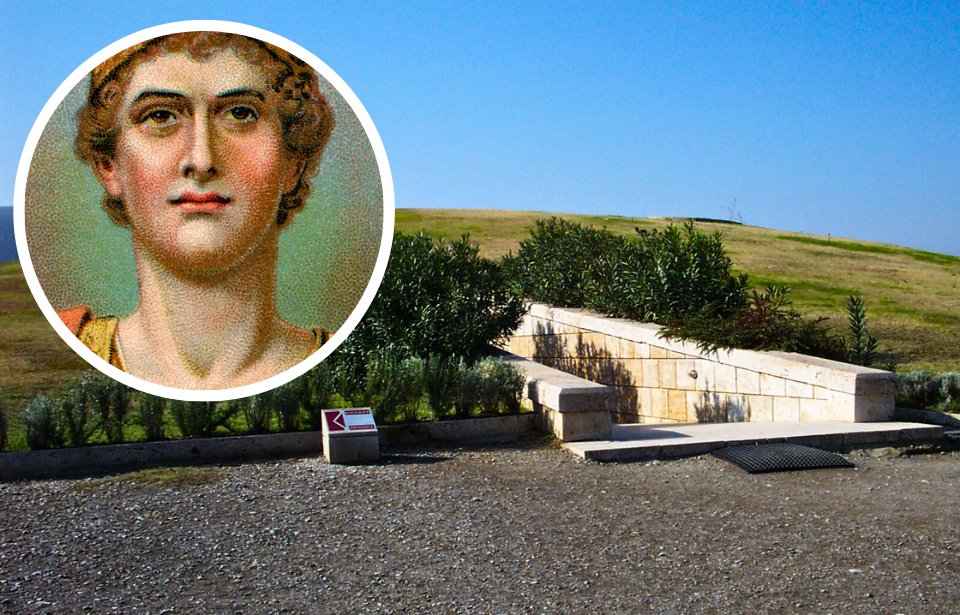Has Alexander the Great’s purple tunic been discovered? According to a team of archaeologists, it has! In a paper published in the Journal of Field Archaeology, it’s been revealed the cloth was found in one of the famous Royal Tombs at Vergina, in Greece.
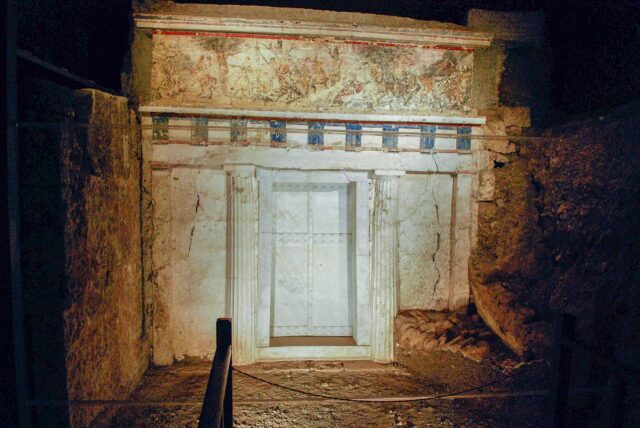
The team, led by Antonis Bartsiokas and supported by the Democritus University of Thrace, used research to confirm the history-making discovery. It’s been suggested that relatives of Alexander the Great had been laid to rest at the Royal Tombs, leading them to begin a new examination of three at the site: Tombs I, II and III.
Several intriguing discoveries were made through this work. The team uncovered evidence that the remains of Philip II are in Tomb I, including four wounds, while Tomb II holds those belonging to Alexander’s half-brother, Philip III. Tomb III was the burial site for the late Macedonian king’s son, Alexander IV, who died as a teenager.
These conclusions are of particular importance, as the identities of the remains have been a topic of debate for decades.
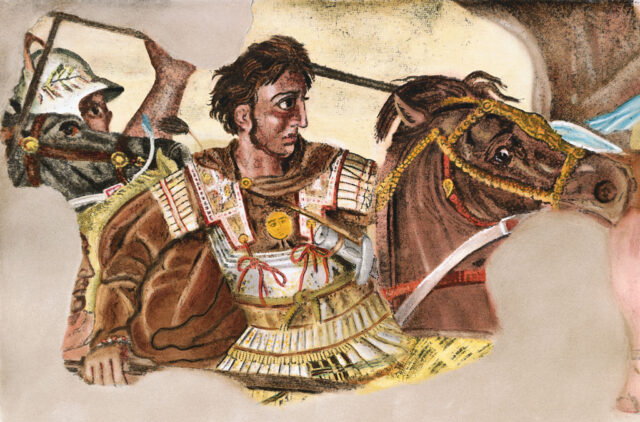
“There is also archaeological evidence to support this,” Bartsiokas explained in an interview given to the Greek Reporter. “For example, the skeleton in Tomb I shows a synostosis [fusion] on the thigh with the leg. This clearly indicates that this skeleton belongs to Alexander’s father, as Philip II was limping.
“Additionally, archaeologists found a newborn in Tomb I, further evidence that it belongs to Philip II,” he continued. “Historical sources mention only one newborn, likely belong to Cleopatra, the youngest of Philip’s even wives.”
Philip II was assassinated by his bodyguard, Pausanias, while Cleopatra Eurydice and their baby were killed by Alexander the Great’s mother, Olympias.
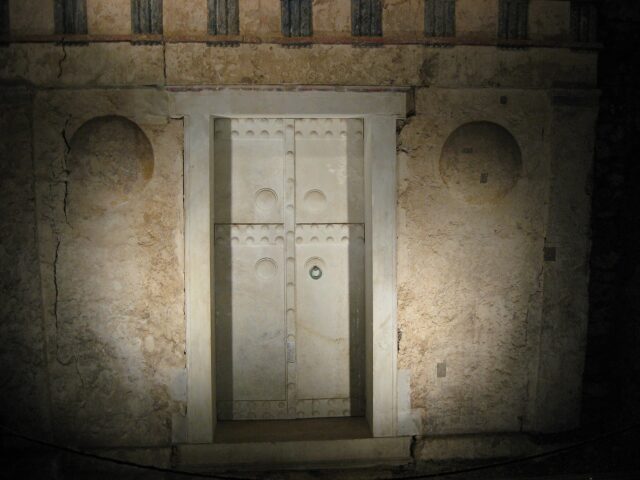
Tomb II held more than Philip III’s remains. Bartsiokas’ team also discovered a purple and white tunic, which, through testing, was determined to be made of cotton and dyed using a shade of purple only accessible to Macedonia’s elite.
The team also concluded that the cloth corresponds to historical accounts of a ceremonial garment known as the “sarapis,” which Alexander took after his defeat of Darius III of Persia.
Found with the tunic were a gold diadem, scepter and oak wreath, which have a possible link to ancient Persia. There’s a frieze in the tomb that features a hunter who’s since been identified as Alexander the Great.
“Ancient sources describe a medium white tunic, and this one matches with their descriptions,” Bartsiokas said to the Greek Reporter. “If we examine the way they depict it in the frieze of Tomb II, we can see that the painting shows the tunic with two white lines. This corresponds perfectly with the layers of the material found inside the coffin.”
According to Bartsiokas, the tunic is “the most precious object in antiquity.”
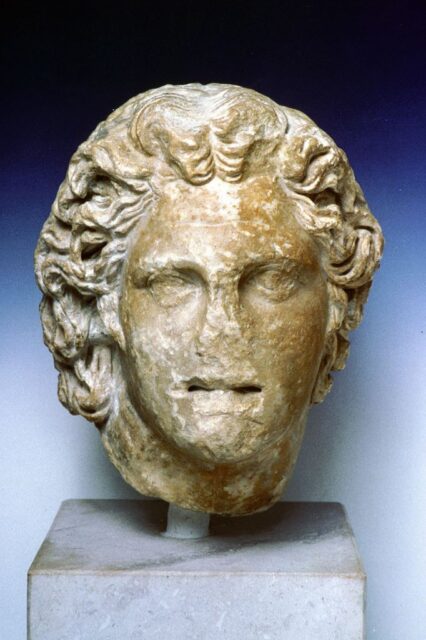
You might be wondering why items associated with Alexander the Great were in a tomb that never housed the late Macedonian king’s remains? While they’re unsure of the definitive reason, the archaeology team believe it may be related to Philip III taking over the crown following his half-brother’s death.
“Philip III Arrhidaeus, having been crowned king at the time of Alexander’s death, took the tunic and scepter and brought them to Macedonia,” Bartsiokas told the Greek Reporter.
More from us: Scientists Decipher 3,000-Year-Old Map That Shows Location of Noah’s Ark
Want to become a trivia master? Sign up for our Today In History newsletter!
Alexander the Great’s gravesite has yet to be located. However, historians are certain he wasn’t laid to rest at the Royal Tombs.
